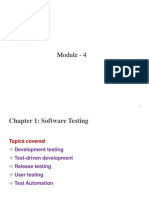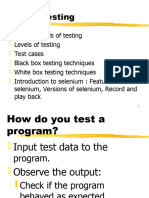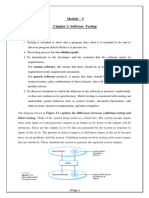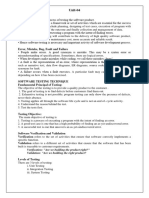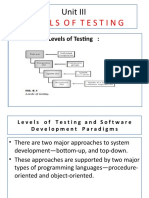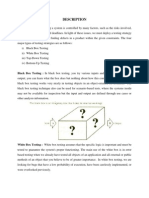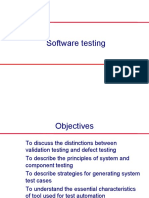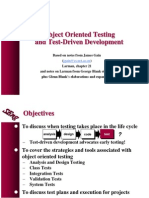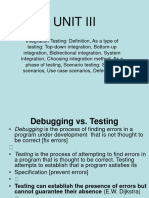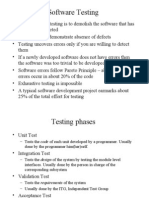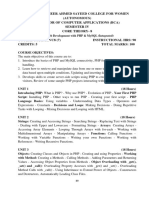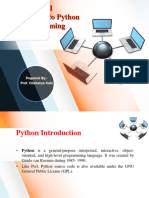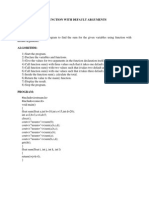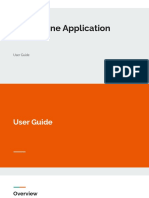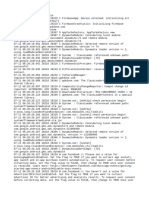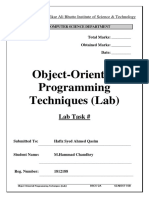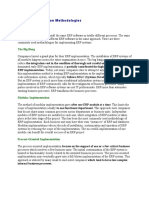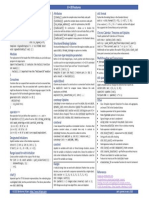0% found this document useful (0 votes)
16 views45 pagesObject Oriented Testing
The document provides an overview of object-oriented software testing, detailing various types of testing such as unit, integration, system, and acceptance testing. It emphasizes the importance of testing in ensuring software quality and outlines the testing process, including development, release, and user testing. Additionally, it discusses strategies for test planning, execution, and error analysis to improve software reliability.
Uploaded by
bhandariprs321Copyright
© © All Rights Reserved
We take content rights seriously. If you suspect this is your content, claim it here.
Available Formats
Download as PPTX, PDF, TXT or read online on Scribd
0% found this document useful (0 votes)
16 views45 pagesObject Oriented Testing
The document provides an overview of object-oriented software testing, detailing various types of testing such as unit, integration, system, and acceptance testing. It emphasizes the importance of testing in ensuring software quality and outlines the testing process, including development, release, and user testing. Additionally, it discusses strategies for test planning, execution, and error analysis to improve software reliability.
Uploaded by
bhandariprs321Copyright
© © All Rights Reserved
We take content rights seriously. If you suspect this is your content, claim it here.
Available Formats
Download as PPTX, PDF, TXT or read online on Scribd
/ 45


